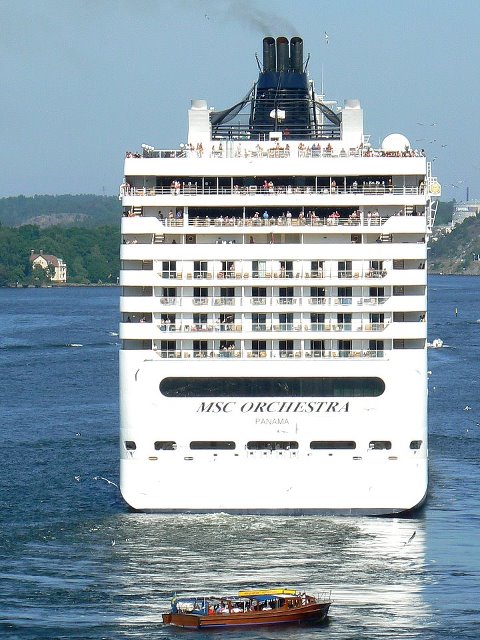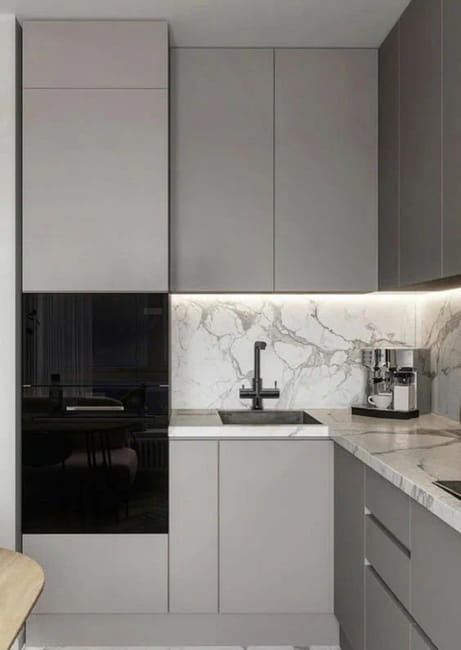Table Of Content
- How service charges are levied
- Norwegian Cruise Line Explains After Switching Port
- Don’t overpack — take advantage of laundry service instead.
- Metacentric Height (GM): The Center Of Gravity In Cruise Ship Stability
- Silversea Cruises
- How Much Could a Cruise Ship Lean Before Tipping Over Completely?
- The Challenges and Opportunities of the Maritime Industry
Cruise ships can roll to nearly 60 degrees before it’s likely to tip over. Following the incident, the cruise industry undertook an extensive review and, as a result, implemented an array of changes to improve safety. Eventually, this led to the development of the Cruise Passenger Bill of Rights. In the event of a mechanical failure, crew members have a plan in place, and many times, as a cruiser, you may never know there was a problem. If you’re interested in the details, a study conducted at the Fisheries and Marine Institute of Memorial University of Newfoundland outlines the history and calculations involved in determining buoyancy.
How service charges are levied
A wave crashing against the side of the ship is way more dangerous because they can easily turn the vessel over. Cruise ships are equipped with special stabilisers that prevent them from tilting to one side too much, but they don’t help with pitching- front to back movements. Cruise ships have long and narrow bows that help them cut through the waves more effectively. Combined, stabilisers and long bows help cruise ships to weather even powerful storms. Ensuring that the ship is always stable, the motion that triggers sea sickness is kept to a minimum.
Norwegian Cruise Line Explains After Switching Port
They are light because they contain a lot of room and space for air and movement of the passengers. The stability of the ship is maintained from one end to the other because the things that determine its center of gravity are spread throughout the ship’s entire width. A cruise ship tipping to one side is something that happens fairly often. Gentle to moderate waves will certainly make for some side-to-side swaying action. Cruise Hive was established back in 2008 and among the earliest blogs in the industry.
Don’t overpack — take advantage of laundry service instead.
Cruise ships are like enormous floating cities that play host to thousands of people, both passengers and crew. You know, those colossal structures that make you wonder how do cruise ships not tip over? Well, it’s all about the fascinating science of buoyancy and some clever design and engineering. No, it is extremely unlikely that a cruise ship would tip over in a storm. The industry uses rigorous safety standards to ensure that ships are balanced to stay upright in even the roughest waters.
Why don't cruise ships tip over? - Cruise Blog
Why don't cruise ships tip over?.
Posted: Sat, 20 Mar 2021 07:00:00 GMT [source]
Titanic, as compared to modern cruise ships, wasn’t supported by various factors we discussed earlier in this blog. So, simply by hitting an iceberg, the water rushed in, and the Titanic went down within hours. The size of a cruise ship also plays a significant role in its stability. Larger ships are generally more stable than smaller ones, as they have a larger surface area and a lower center of gravity. However, larger ships can also be more susceptible to high winds and rough seas, which can cause them to tip over if they are not properly balanced. Cruise ships are massive vessels that can weigh several thousand tons and carry thousands of passengers and crew members.
If the object’s density is less than the density of water, it will float. The impact of the reef severely damaged the ship letting large amounts of water onboard. Therefore if the outer hull is damaged, the inner hull should maintain a water-tight seal. The purpose of bilge keels is to dampen the ship’s tendency to roll by adding resistance to the water as the ship rolls. But the higher they are built, the more likely they look to tip over, especially when you know they are top-heavy with swimming pools, some with a couple of hundred tonnes of water.
Another accident included the MS Achille Lauro cruise ship, which caught fire and sank in the Indian Ocean on November 30, 1994. The vessel had a history of mechanical problems and had experienced several previous fires. The Costa Concordia was a cruise ship that sailed for Costa Cruises. It ran aground and capsized off the coast of Italy on January 13, 2012.
How Many Cruise Ships Have Sunk in History? - Cruise Hive
How Many Cruise Ships Have Sunk in History?.
Posted: Tue, 12 Dec 2023 08:00:00 GMT [source]
Most cruise ships also have bilge keels which also assist to limit the amount of roll. These are long, metal fins that are welded along each side of the ship. I have a table with the drafts of many cruise ships in this article, so you can compare them.

If you look at a cruise ship’s hull, you’ll notice its unusual shape. Round edges also increase the ship stability, preventing the vessel from swaying and rocking and passengers- from feeling seasick. Coming back to our question that how cruise ships manage to stay upright and afloat in almost any weather? Do they probably have a massive and heavy underwater part that helps them to keep the balance? Usually no more than 30 feet (9.1 metres) of a vessel sits under the water, which is only about 10% of the ship’s overall height. Today's modern cruise ships are amazing pieces of technology, maritime tradition, and innovation.
And to note—shoreside porters are not cruise line employees, and many ports have signage indicating it is not necessary to tip them. But of course, that is the passenger's decision and a few bucks per bag is customary. In the event of an emergency, cruise ships are equipped with a range of safety equipment, including lifeboats, rafts, and flotation devices. Crew members are trained in emergency procedures, and regular drills are held to ensure that everyone knows what to do in case of an emergency.
During this time, the cruise industry has carried tens of millions of passengers safely. Inclement weather can significantly affect a ship’s stability, as high winds, large waves, and heavy rain can all contribute to a vessel’s pitching and rolling. Considering the weight of the cargo and the massive size of cruise ships, a whale cannot tip over a cruise ship as the ship moves through the water. So stateroom attendants, dining room and bar staff, and spa attendants are taken care of, but who else should be tipped separately?
If you have concerns about the safety and stability of cruise ships, you have come to the right place. The Costa Concordia struck rocks and suffered an uncontrolled ingress of water. Most cruise ships have a mechanical stabilising system (referred to as stabilisers) that can be deployed when at sea. These take the form of extending fins that rotate and are able to impart a righting force when the vessel is moving ahead. The depth at which a ship sits in the water is known as the draft. Most cruise ships typically have a draft of between 5 metres (16ft 5in ) and 10 metres (32ft 10in).
Royal Caribbean is one of the largest and most popular cruise lines in the world, known for its massive ships like the Symphony of the Seas. When it comes to cruise lines, each company has its own unique approach to ensuring that their ships do not tip over. The captain is also responsible for ensuring the safety of passengers and crew, and they must be prepared to make difficult decisions in emergency situations. The ship’s rudder and stabilizers are also important components that help to keep the ship on course and prevent it from tipping over.

No comments:
Post a Comment